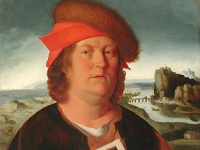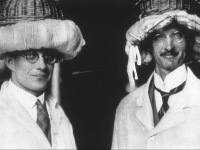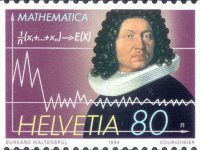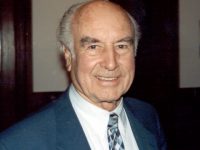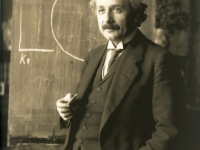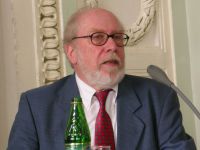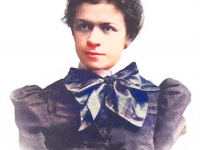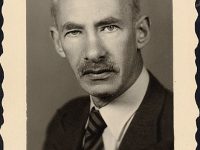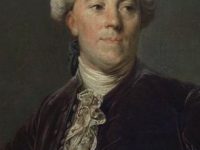Paracelsus – a Typical Renaissance Scientist?
Probably in 1493, the famous Renaissance physician, botanist, alchemist, astrologer, and general occultist, who called himself Paracelsus — with all testified names that never all occur simultaneously he can also be referred to as Philippus Theophrastus Aureolus Bombast von Hohenheim, was born. “All is interrelated. Heaven and earth, air and water. All are but one thing; not four, not two and not three, but one. Where they are not together, there is only…
Read more

